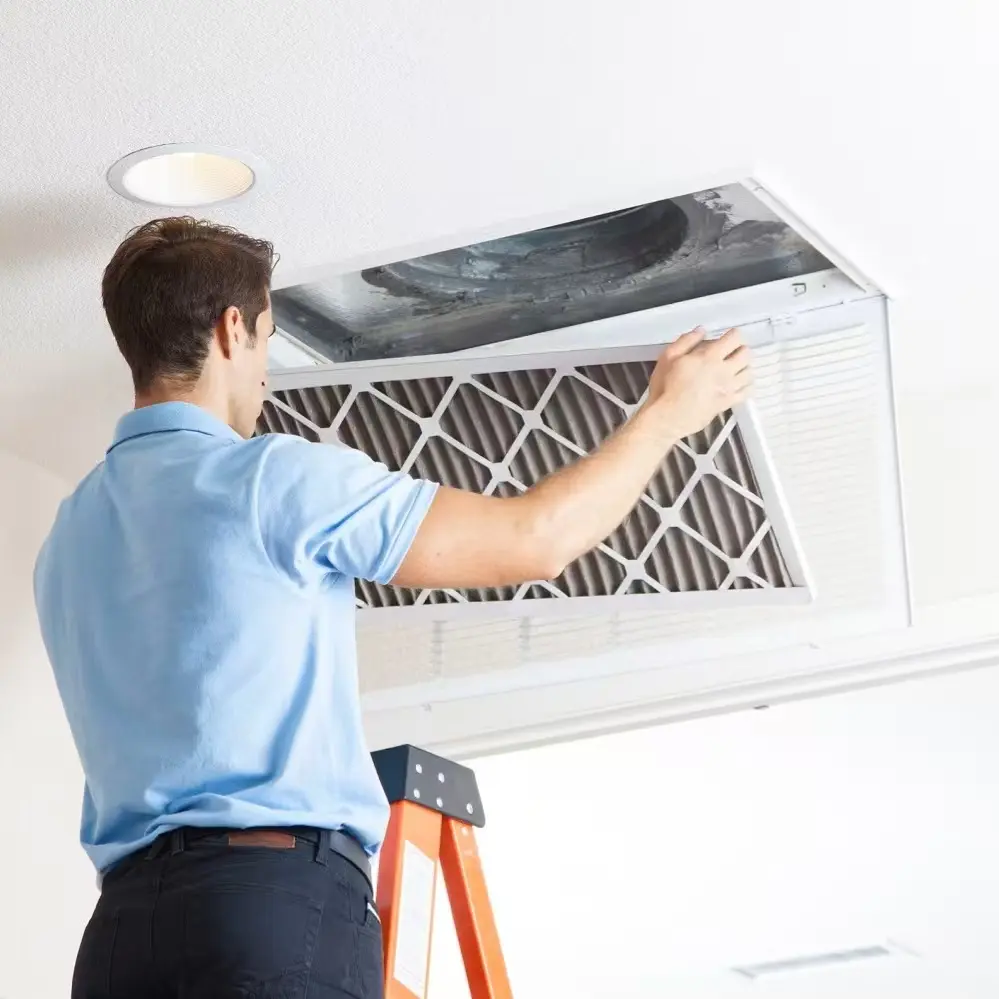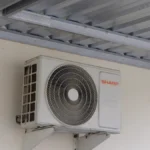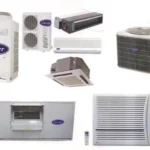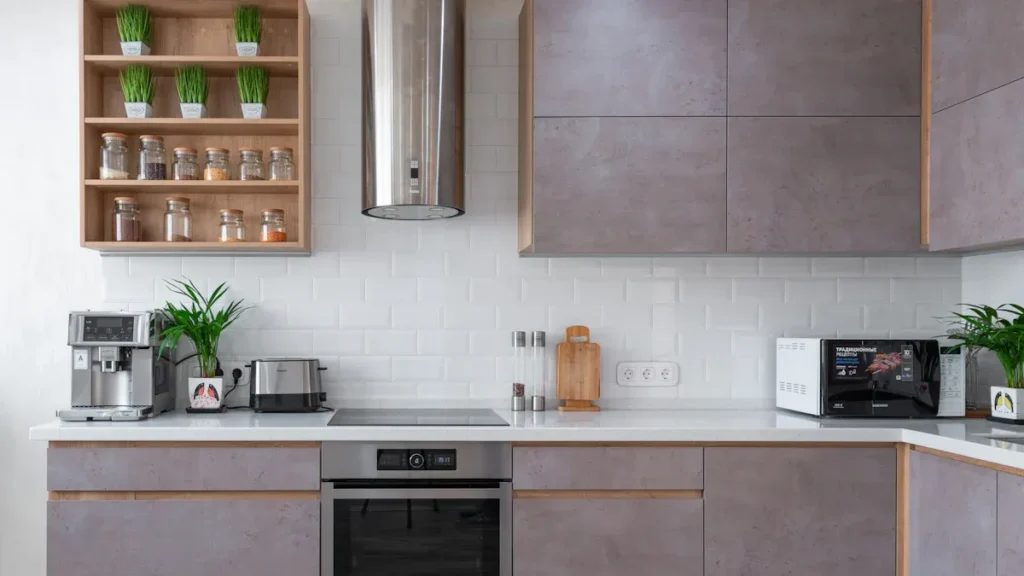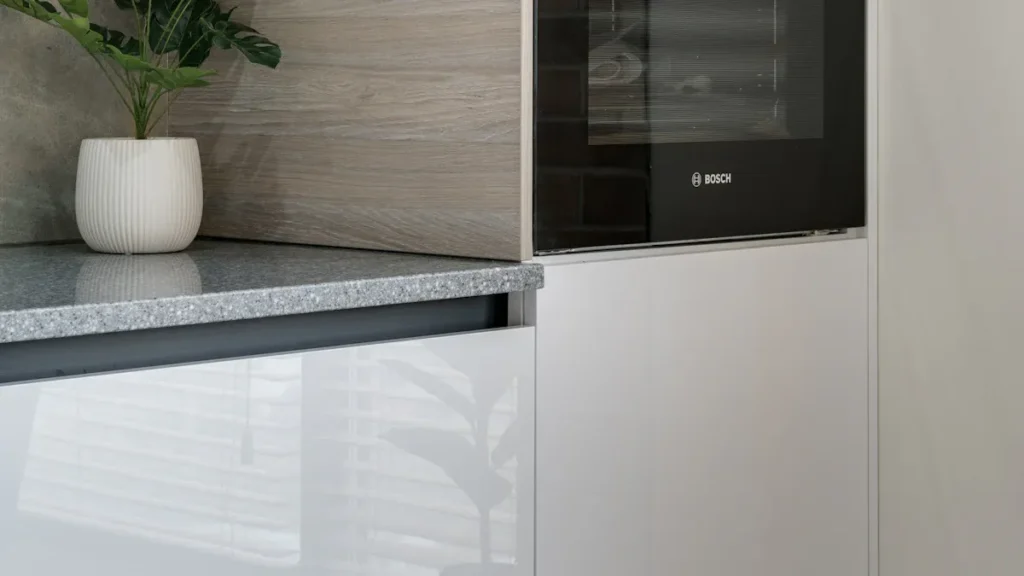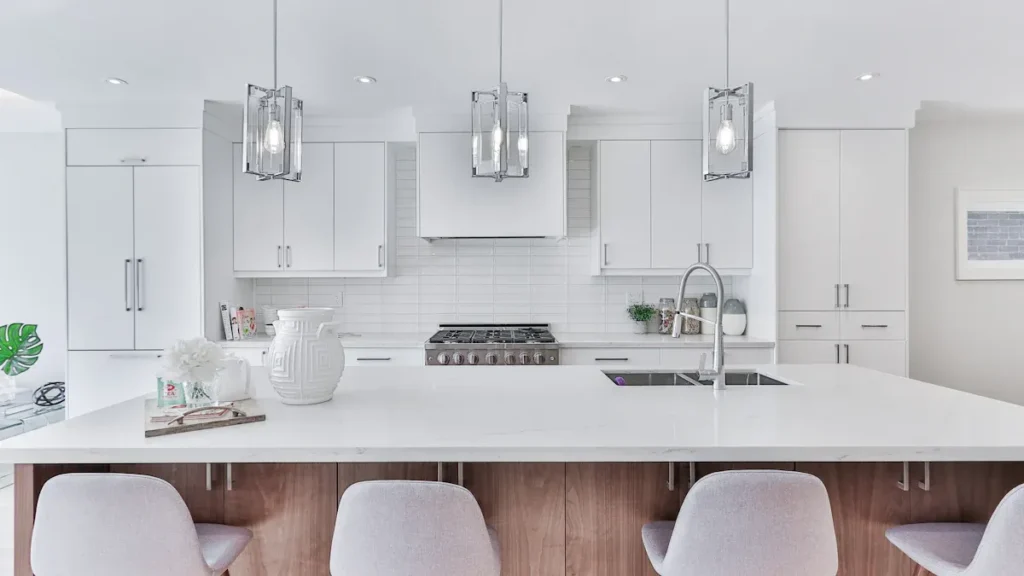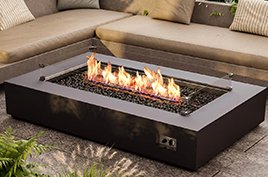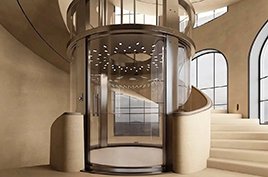When people mention an air conditioner plenum, they usually mean a key part of an HVAC system. It is important but not often seen. The plenum acts like the central hub that distributes cooled or heated air throughout a building. Without it, your HVAC system would not be able to deliver air evenly or efficiently. Understanding the role of the plenum can help you make better choices when designing, installing, or maintaining your system.
What is an Air Conditioner Plenum in HVAC?
The air conditioner plenum is a large metal box located right next to your air handler or furnace. From this box, conditioned air is directed into different ducts that lead to each room of the building. The air conditioner plenum is one of the most overlooked components in an HVAC system, yet it is very essential for proper air flow and comfort. Without the plenum, your HVAC system would not be able to distribute air evenly, and some rooms would feel too hot or too cold.
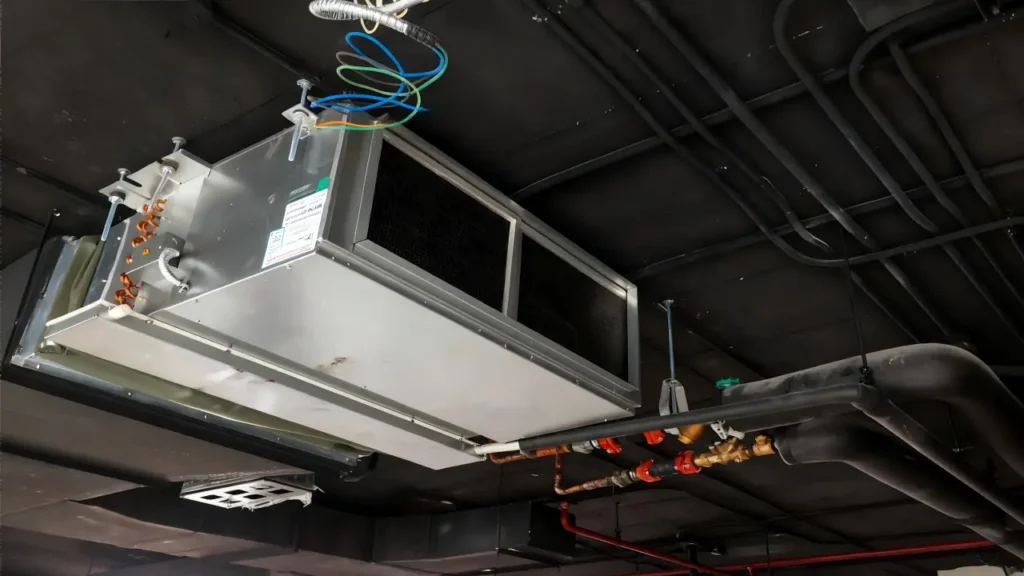
Types of Air Conditioner Plenum in HVAC
Not all plenums are the same. The air conditioner plenum can come in different shapes. This depends on the HVAC system design, building size, and airflow needs. In general, there are two main categories: supply plenum and return plenum.
Supply Plenum
The supply plenum is attached to the outlet side of the HVAC unit. This is where conditioned air—either cooled in summer or heated in winter—first enters before being distributed through the ductwork. A well-designed supply plenum helps distribute air evenly to all ducts, preventing certain rooms from being too warm while others stay too cold. If the supply plenum is too small or poorly sealed, the system will struggle with airflow and efficiency.
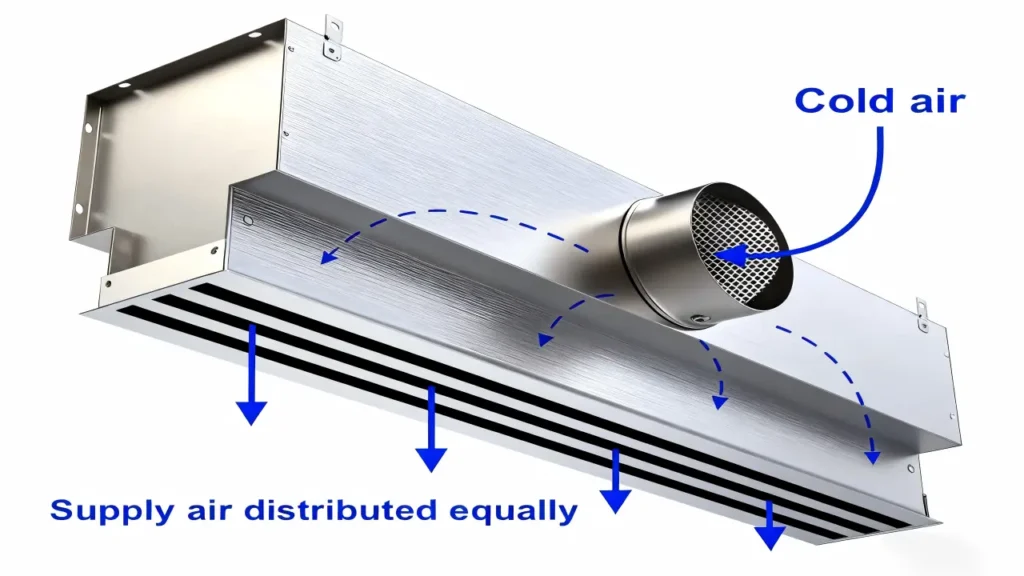
Return Plenum
The return plenum is on the other side. It connects to the return ducts that bring indoor air back to the HVAC system. Its job is to collect the used air from different rooms and guide it toward the air handler for reconditioning. A well-sized return plenum makes sure enough air flows back into the system. This keeps pressure balanced, which is important for smooth operation.
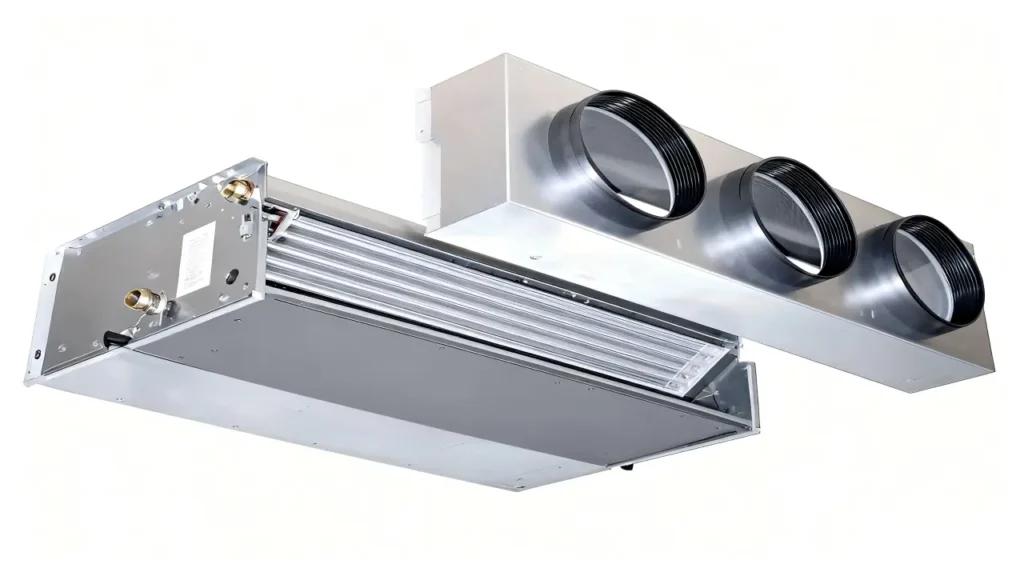
Custom Plenums
In some cases, HVAC contractors design custom plenums to fit specific spaces or airflow needs. For example, big commercial buildings may need larger plenums to manage more air. In contrast, residential systems might require smaller designs to fit in tight mechanical rooms. Custom plenums may also include insulation or sound-dampening materials to reduce energy loss and noise.
Understanding the different types of air conditioner plenum is important because each plays a role in overall comfort and energy efficiency. A weak or small return plenum can limit the system. A poorly designed supply plenum can cause uneven air flow. By choosing the right type and size, you can maximize both comfort and HVAC performance.
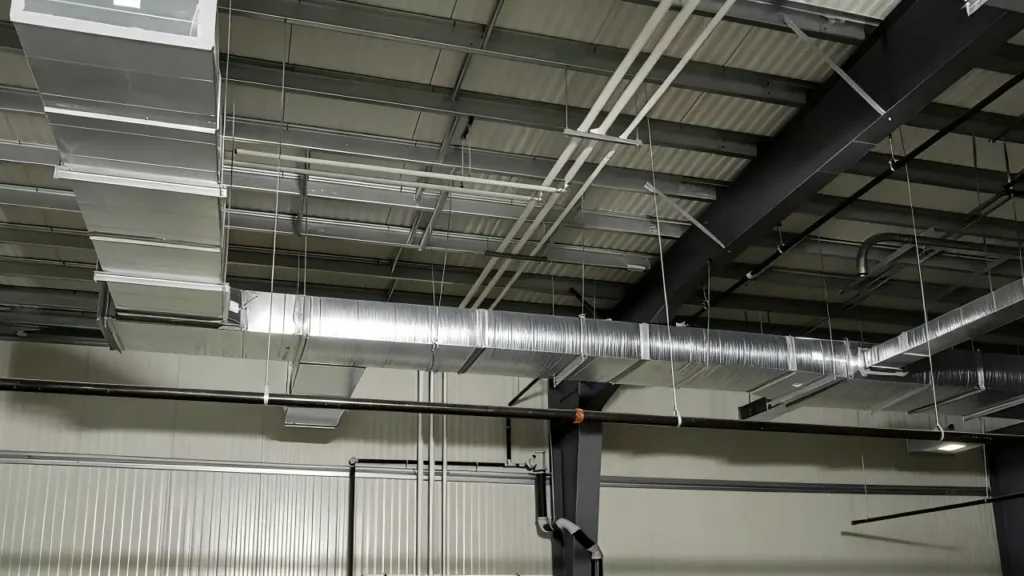
How Does an Air Conditioner Plenum Work?
The air conditioner plenum works as the central hub of airflow in any HVAC system. When the system is running, the air handler or furnace pushes conditioned air into the supply plenum. From there, the air spreads out into different ducts that lead to each room. This process ensures that every area of the home or building receives a steady flow of cooled or heated air.
One of the key functions of the plenum is to balance air pressure. The plenum helps air flow out evenly. It lets the air expand before it goes into the ducts. This prevents certain ducts from receiving too much air while others get too little. In other words, the air conditioner plenum helps avoid hot and cold spots in your living or working space.
The design of the plenum—its size, shape, and material—also has a direct impact on HVAC performance. A plenum that is too small may restrict airflow and cause the system to overwork, leading to higher energy bills. On the other hand, a properly sized plenum helps the unit run more efficiently and last longer.
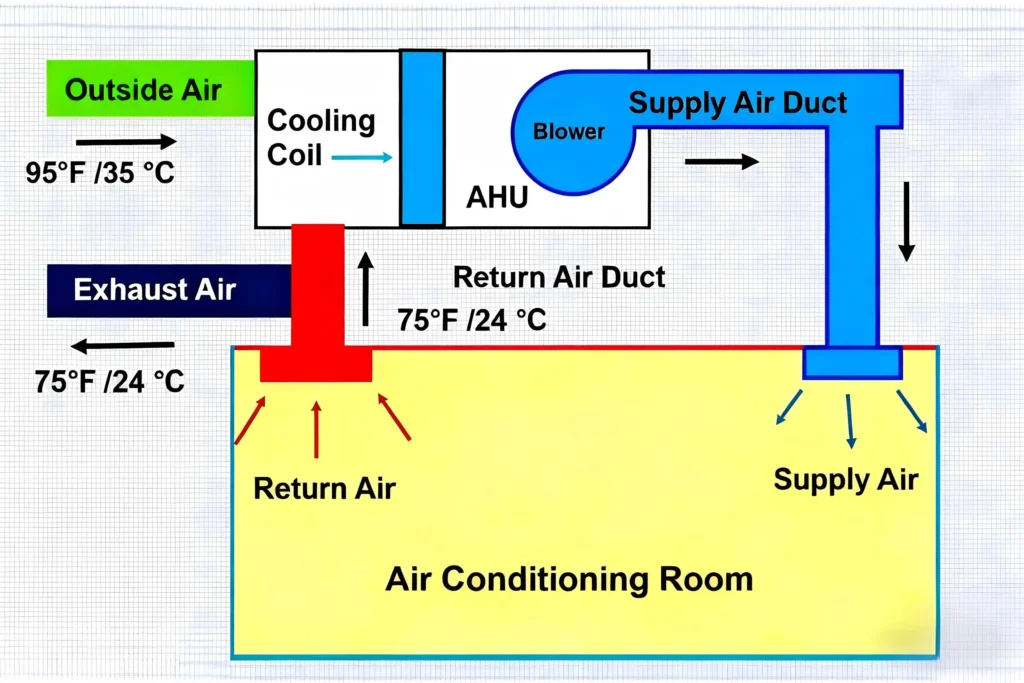
In many cases, plenums are also insulated to prevent energy loss and reduce noise. Without insulation, cooled or heated air could escape before reaching the ducts, lowering system efficiency. Insulation also helps minimize the sound of rushing air, making your HVAC system quieter and more comfortable.
Finally, the air conditioner plenum plays a role in indoor air quality. Since all the air passes through it, dust or moisture inside the plenum can spread to the entire duct system. This is why regular inspection and cleaning are recommended to keep the airflow clean and healthy.
Difference Between Air Conditioner Plenum and Return Duct
Many homeowners and some new HVAC technicians often confuse the air conditioner plenum with the ductwork. This is especially true for the return duct. While they work closely together, they are not the same thing, and each plays a different role in how your HVAC system moves air.
The air conditioner plenum is essentially the “junction box” of the system. It is a large central chamber that connects directly to the air handler or furnace. From the plenum, air is either distributed into the supply ducts or collected from the return ducts. Think of it as the meeting point where airflow begins or ends before cycling through the HVAC system again.
The return duct, by contrast, is more like a highway. It is a pathway of sheet metal or flexible tubing that carries air from different rooms back toward the return plenum. Its sole purpose is transportation, not distribution. Without ducts, the plenum would have no way to deliver or collect air from individual rooms.
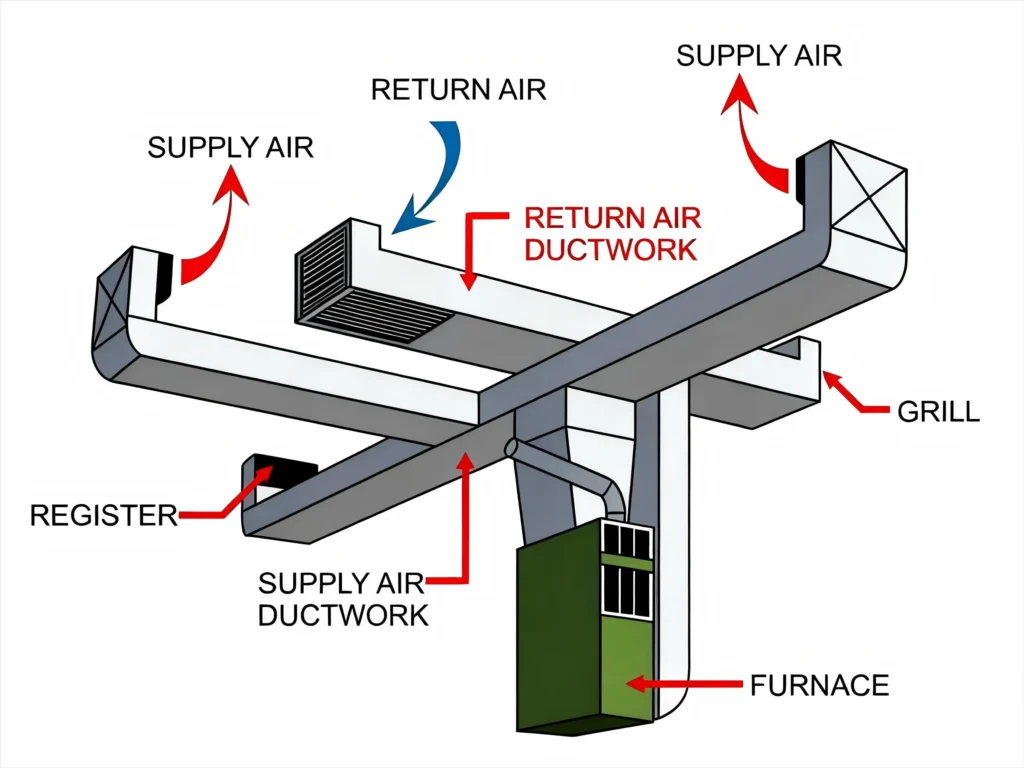
Another key difference lies in their design. Ducts are usually long and narrow, stretching across attics, basements, or walls to reach various spaces. The plenum, however, is typically a large box-shaped structure designed to manage air volume and pressure at the source. A badly designed plenum can block airflow in all ducts. A poorly installed duct usually only affects one room or area.
In short, the air conditioner plenum is the center. The ducts, including return ducts, are the paths that move air to and from the center. Both are necessary, but they serve very different purposes in keeping your HVAC system efficient and reliable.
The Key Role of Air Conditioner Plenum in HVAC Systems
The air conditioner plenum is not just a metal box. It is a key part that affects how well your HVAC system works. Its main job is to make sure air moves well from the air handler or furnace into the supply ducts and back through the return ducts. Without a properly functioning plenum, even the most powerful HVAC unit cannot deliver consistent comfort throughout a building.
One of the most important functions of the plenum is air distribution. By evenly directing conditioned air to all ducts, the plenum prevents hot or cold spots and maintains a stable temperature in every room. This is particularly important in larger homes or commercial buildings, where uneven airflow can make certain areas uncomfortable.
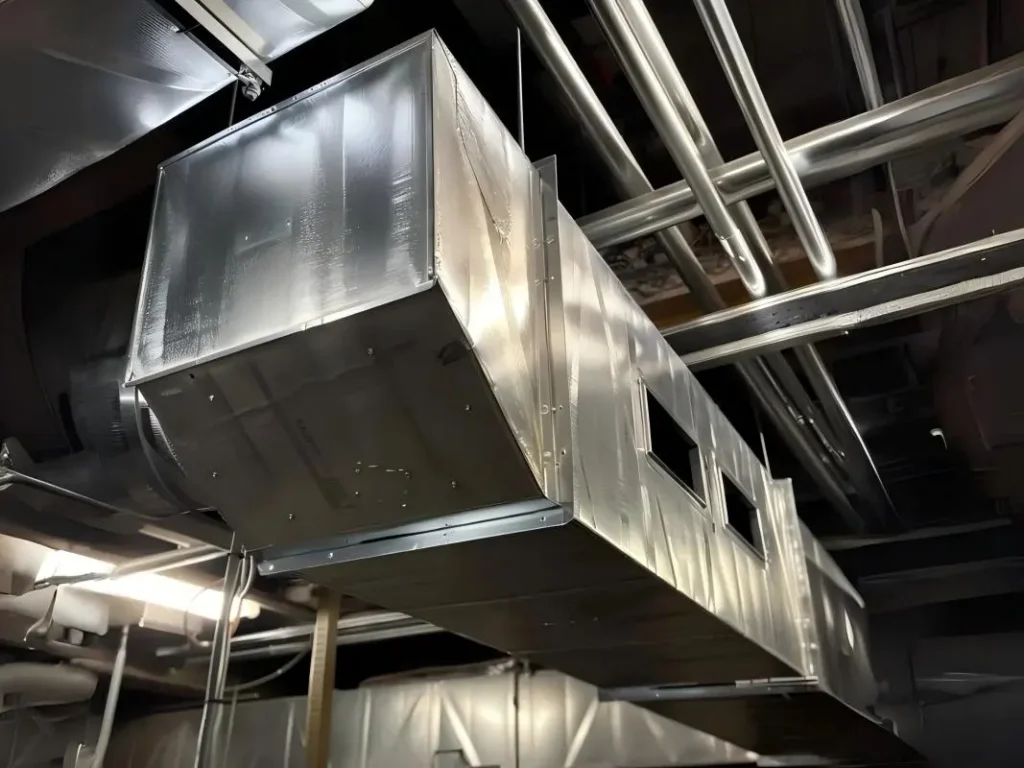
The plenum also helps maintain system efficiency. By balancing air pressure and minimizing resistance, it reduces the workload on the HVAC unit. This not only saves energy but also prolongs the life of the system. A well-designed plenum allows the HVAC unit to operate smoothly, avoiding unnecessary strain that can lead to breakdowns or higher utility bills.
In addition, the air conditioner plenum contributes to indoor air quality. Because all air passes through it, the plenum can be equipped with filters or dampers to control dust, debris, and humidity. Proper maintenance, such as cleaning or replacing filters regularly, ensures that the air circulating through the system remains healthy and fresh.
Overall, the plenum is a key element that links system performance, energy efficiency, and indoor comfort. Ignoring its design or maintenance can compromise the entire HVAC system, making this often-overlooked component more important than many homeowners realize.
Potential Risks of Air Conditioner Plenum in HVAC
The air conditioner plenum is important for HVAC systems. However, it can be risky if not designed, installed, or maintained correctly. One common issue is air leaks. If seams or connections are not sealed correctly, conditioned air can escape before reaching the ducts. This reduces system efficiency, increases energy bills, and can lead to uneven temperatures throughout the building.
Another risk comes from dust, debris, and contamination inside the plenum. Over time, dust can accumulate and get distributed throughout the duct system, affecting indoor air quality. In some cases, moisture can combine with dust, creating a breeding ground for mold or bacteria. This can be harmful to occupants, particularly those with allergies or respiratory conditions.
Improper plenum design can also create airflow problems. A plenum that is too small or poorly shaped may cause excessive pressure or turbulence in the ducts. This forces the HVAC unit to work harder, which can shorten its lifespan and increase maintenance costs.
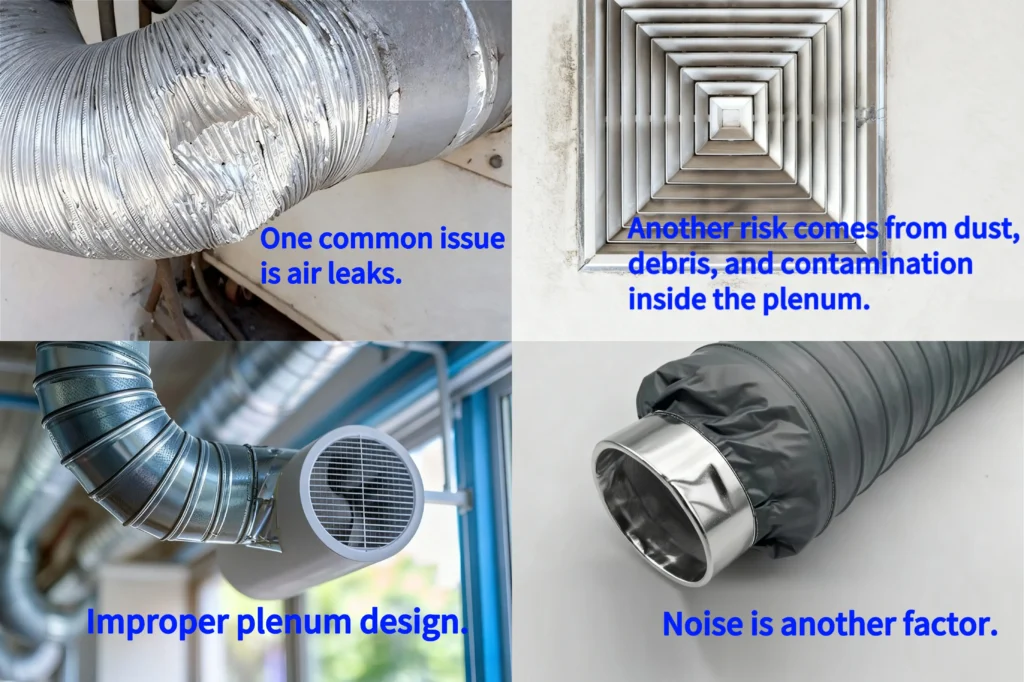
Noise is another factor. Without proper insulation or design, the plenum can amplify the sound of air moving through the system. This can be especially noticeable in residential settings, where quiet operation is important for comfort.
Regular inspection, cleaning, and professional maintenance of the air conditioner plenum can prevent these risks. By fixing problems early, you keep your HVAC system efficient and safe. This helps it provide comfort all year long.
Conclusion
The air conditioner plenum may not be the most visible part of your HVAC system, but it plays a critical role in maintaining comfort, efficiency, and indoor air quality. From distributing conditioned air evenly to balancing system pressure, a well-designed plenum ensures that your HVAC system performs at its best. Ignoring its design or maintenance can lead to uneven airflow, higher energy bills, and potential air quality issues.
To keep your HVAC system running smoothly, it is important to regularly inspect and maintain the plenum. Installing the air conditioner plenum correctly and sizing it right can help avoid airflow issues. This can also make your system last longer.
To make your home or building more comfortable and efficient, talk to an HVAC expert. They can check your air conditioner plenum and the whole system. A small investment in proper design and maintenance can make a big difference in energy savings and indoor comfort.
